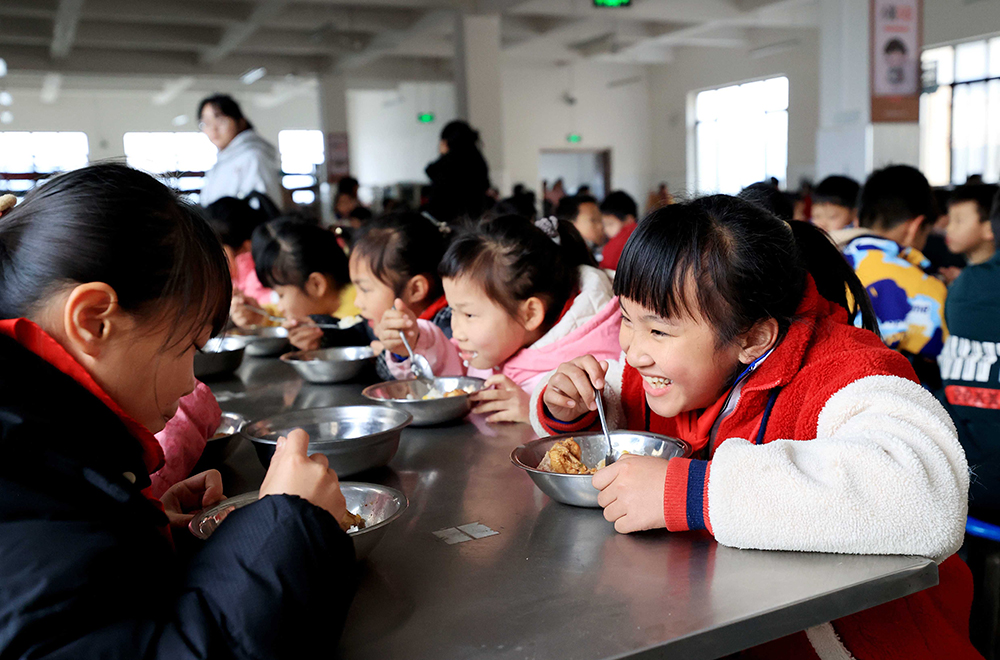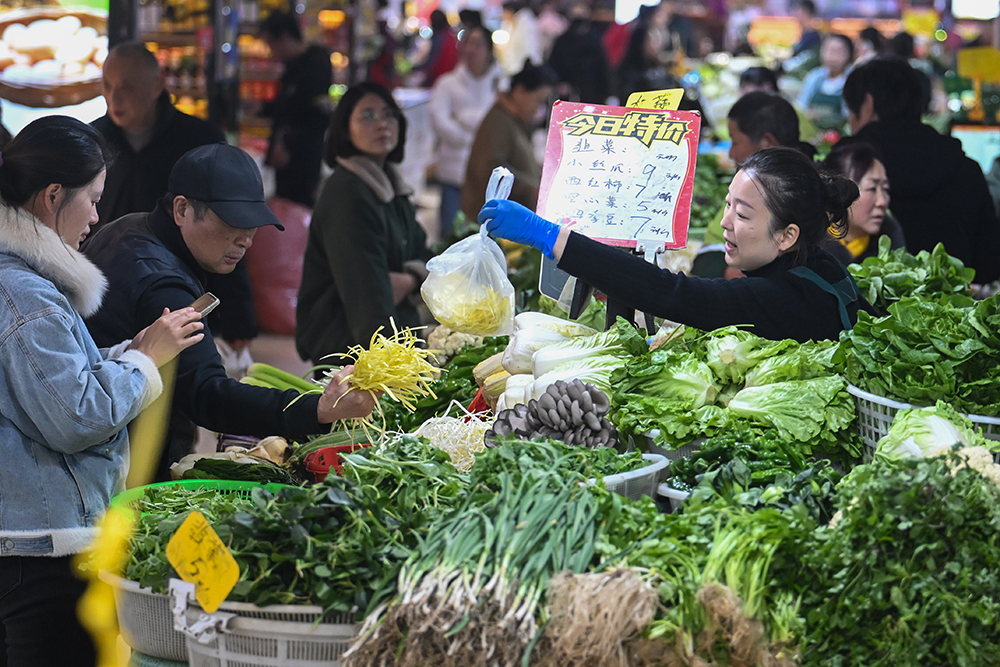China has unveiled targets to enhance the nutritional quality of its food consumption by 2030 to promote a more balanced and healthy diet nationwide.
The Food and Nutrition Development Guideline (2025–2030) called for a shift toward nutrient-rich food consumption, increasing annual per capita intake of foods with rich protein and fiber. By 2030, it targets per capita annual consumption of 14 kilograms of legumes, 69 kilograms of meat, 23 kilograms of eggs, 47 kilograms of dairy products, 29 kilograms of seafood, 270 kilograms of vegetables, and 130 kilograms of fruit.
The initiative emphasizes the importance of protein consumption. It set a goal for high-quality protein to account for over half of the total daily intake.
In addition to dietary adjustments, the guideline focuses on modernizing food supply systems and promoting healthier cooking methods. Authorities plan to enhance food quality, expand nutritional research, and popularize portion control tools to regulate salt, oil, and sugar intake.

Across the Entire Food Industry Chain
China’s chronic disease prevention and control efforts face numerous challenges, according to Chu Xu from China’s National Health Commission. For example, both malnutrition and overnutrition persist.
The new guideline takes a comprehensive approach by addressing nutritional concerns at the food production level. It also advocates for a nutrition-oriented strategy across the entire food industry chain, he said.
“We need to coordinate food resource utilization with environmental conservation, as reducing food waste is equivalent to increasing production,” Zhang Zhenhua, deputy head of the Department of Science, Technology and Education at the Ministry of Agriculture and Rural Affairs, said. He added that the guideline also stresses promoting sustainable agriculture and preserving China’s culinary heritage.

Wu Kongming, president of the Chinese Academy of Agricultural Sciences, said ensuring access to nutritious and affordable food is a global priority, with countries competing for key technological advancements. He suggested greater integration between food nutrition science and industry innovation.
Public awareness initiatives will further promote healthy eating habits and regional food culture, the guidelines said.
Written by Yetao Gu, additional reporting from China Daily.
If you liked this article why not read: Stay Fit & Healthy: China Push for Weight Management










